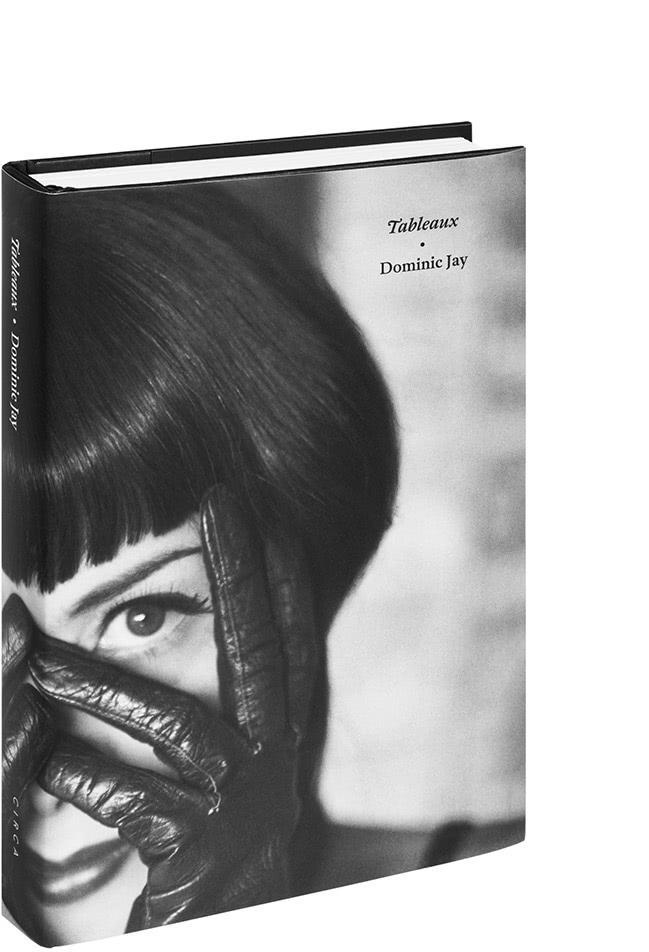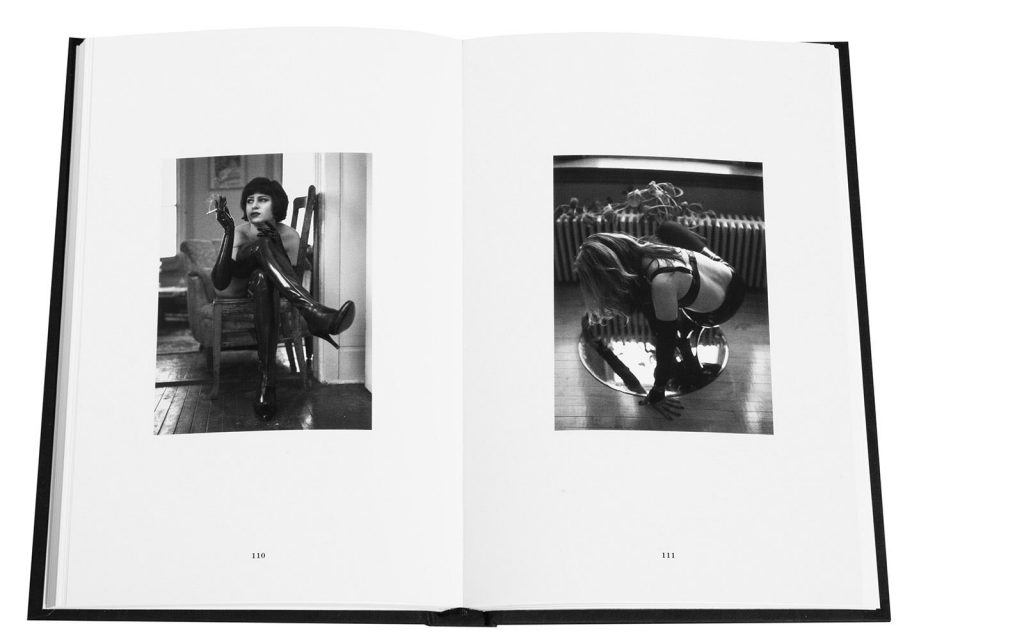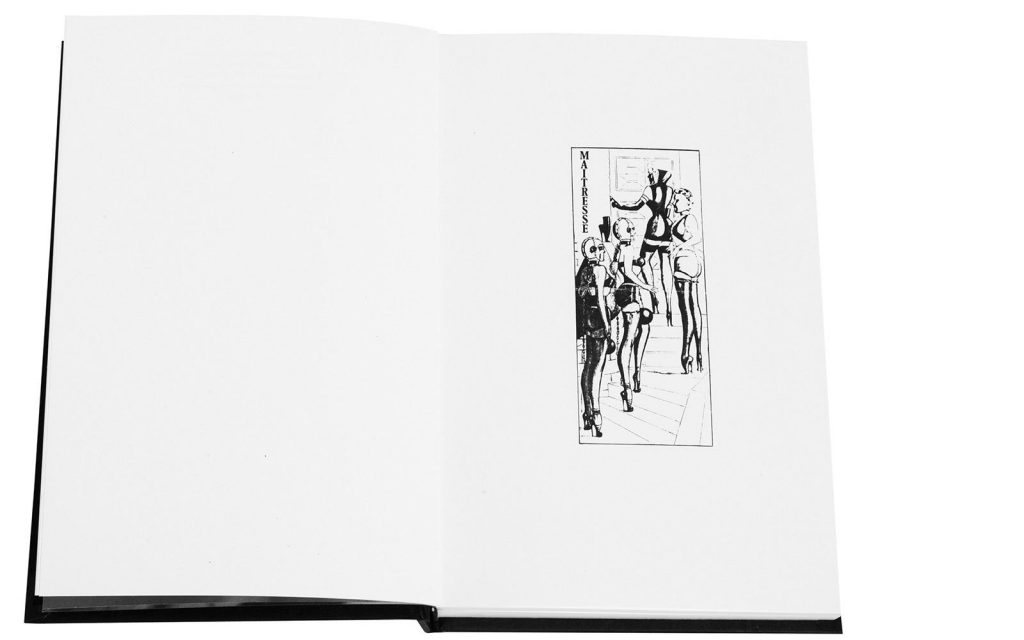
Tableaux: Scenes from the Decade of Excess
Dominic Jay
It is 1984, the year of Ronald Reagan’s re-election and the Brighton
bomb; revolution is in the air. Oliver Woolf is a thirty-something
journalist, well-connected socially, and an instinctual conservative,
whose comfortable routine is upset by a chance encounter in the rain.
The girl in the rain is Candy, who is not what she first seems. Over the
summer, Oliver and Candy form an unlikely friendship, and when she
disappears, he sets out to find her, embarking on a journey of discovery
that traverses the fetish and BDSM club scenes in London and New
York. Along the way, he meets someone who will change his life
forever. A late-twentieth century Rake’s Progress, Oliver’s journey
confronts issues of sexuality and fetishism that are still largely taboo.
Incorporating a photographic gallery by Steve Diet Goedde, Tableaux
combines art and storytelling in a new hybrid form.
‘I set out to write a London story, populated by people I knew. But
slowly it evolved to become a personal journey of discovery that
ultimately led to Manhattan and an outcome I had not foreseen.’
– Dominic Jay

‘Reading Tableaux was like revisiting old haunts, or places I would have liked to have haunted. It sparked visceral sense memories and made me nostalgic. And the ending …’ – Midori, sexual philosopher, and social catalyst

Dominic Jay
Dominic Jay is the pen name for a figure who wishes to avoid the searchlight that is frequently directed at writers of what is casually termed ‘erotic’ fiction, so you will not find his name or details of his background on the web or anywhere else. A former arts journalist, and occasional club habitué, his professional life gave him privileged access to people and places that are usually off limits. The material for this, his first novel, was collected over many years. Many of the scenes and characters are drawn from life. As he says, ‘all writers are voyeurs’.
Steve Diet Goedde
Steve Diet Goedde’s photographs are concerned with fetishism, but they
could reasonably be regarded as fashion photographs, for they are about
clothes and the roles that dressing imposes on women or allows them to play. Indeed Goedde has consistently rejected the visual stereotypes of ‘fetish’ photography. Instead he sets out to seduce and amuse, experimenting with humour, irony and elements of the surreal. His first instinct was to become a filmmaker. Only slowly did his attention turn to photography. His first book, The Beauty of Fetish (1998), brought him critical acclaim and a loyal following, which he has enjoyed ever since. He lives and works in Los Angeles.

